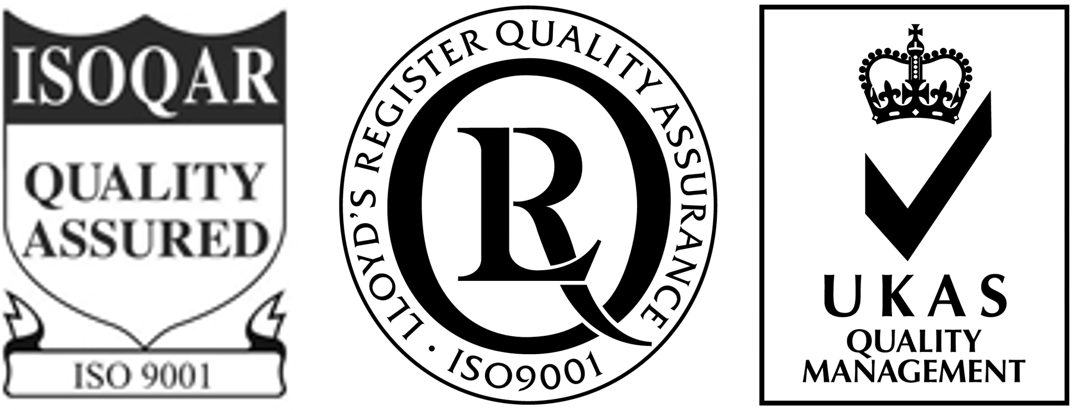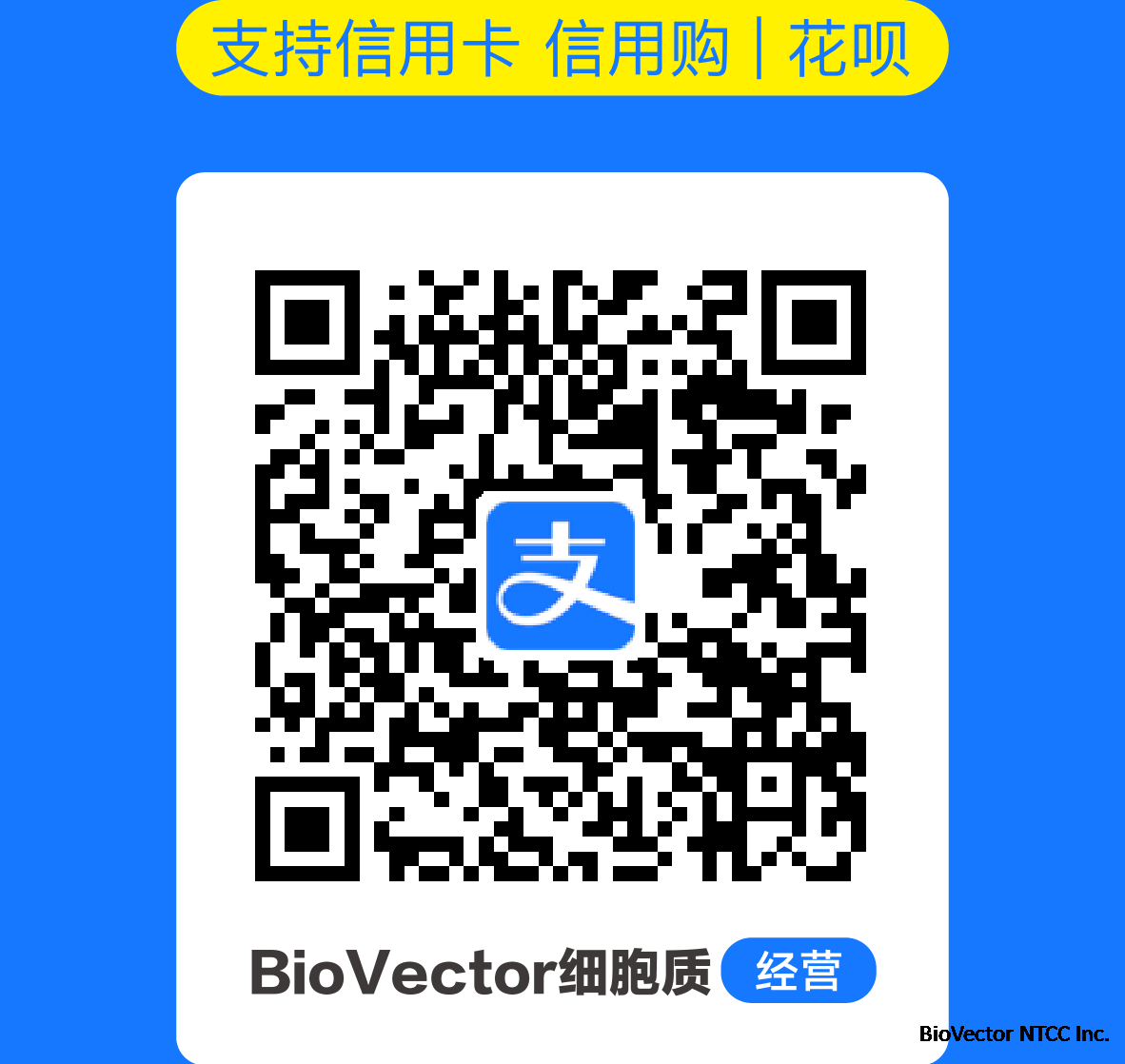- 最新产品共 25684 条
pCAMBIA1304S BioVector NTCC中国质粒载体菌种细胞基因保藏中心
pCAMBIA1304S BioVector NTCC中国质粒载体菌种细胞基因保藏中心
pCAMBIA1305S BioVector NTCC中国质粒载体菌种细胞基因保藏中心
pCAMBIA1305S BioVector NTCC中国质粒载体菌种细胞基因保藏中心
pCAMBIA2301S BioVector NTCC中国质粒载体菌种细胞基因保藏中心
pCAMBIA2301S BioVector NTCC中国质粒载体菌种细胞基因保藏中心
pCAMBIA3301S BioVector NTCC中国质粒载体菌种细胞基因保藏中心
pCAMBIA3301S BioVector NTCC中国质粒载体菌种细胞基因保藏中心
pCAMBIA3300S BioVector NTCC中国质粒载体菌种细胞基因保藏中心
pCAMBIA3300S BioVector NTCC中国质粒载体菌种细胞基因保藏中心
Klebsiella pneumoniae, ATCC BAA1705 BioVector NTCC中国质粒载体菌种细胞基因保藏中心
Klebsiella pneumoniae, ATCC BAA1705 BioVector NTCC中国质粒载体菌种细胞基因保藏中心 Designation: ART 2008133 [D05, 1338] Product Description: KPC reference strain. This strain is a Klebsiella pneumoniae carbapenemase (KPC) producer. Modified Hodge Test (MHT) positive control designation. blaKPC positive by PCR. Medium ATCC® Medium 18: Trypticase Soy Agar/Broth Growth Conditions Temperature: 37°C Atmosphere: Aerobic Propagation Procedure 1. Open vial according to enclosed instructions. 2. Using a single tube of #18 broth (5 to 6 mL), withdraw approximately 0.5 to 1.0 mL with a Pasteur or 1.0 mL pipette. Rehydrate the entire pellet. 3. Aseptically transfer this aliquot back into the broth tube. Mix well. 4. Use several drops of the suspension to inoculate a #18 agar slant and/or plate. 5. Incubate the tubes and plate at 37°C for 24 hours. blaKPC positive by PCR This item is not ideal for individual antibiotic resistance testing. For a culture with a consistent detailed antibiotic pattern, we recommend ordering the Klebsiella pneumoniae QC strains listed in the CLSI manual.
Duaid淋巴瘤细胞株 BioVector NTCC中国质粒载体菌种细胞基因保藏中心
Duaid淋巴瘤细胞株 BioVector NTCC中国质粒载体菌种细胞基因保藏中心
S288C酿酒酵母菌株 BioVector NTCC中国质粒载体菌种细胞基因保藏中心
S288C酿酒酵母菌株 BioVector NTCC中国质粒载体菌种细胞基因保藏中心
Aspergillus sp. BCRC 31742 BioVector NTCC中国质粒载体菌种细胞基因保藏中心
Aspergillus sp. BCRC 31742 BioVector NTCC中国质粒载体菌种细胞基因保藏中心
OVCAR7 cell line细胞株 BioVector NTCC中国质粒载体菌种细胞基因保藏中心
OVCAR7 cell line细胞株 BioVector NTCC中国质粒载体菌种细胞基因保藏中心
OVCAR10 cell line细胞株 BioVector NTCC中国质粒载体菌种细胞基因保藏中心
OVCAR10 cell line细胞株 BioVector NTCC中国质粒载体菌种细胞基因保藏中心
lactobacillus salivarius UCC118 BioVector NTCC中国质粒载体菌种细胞基因保藏中心
lactobacillus salivarius UCC118 BioVector NTCC中国质粒载体菌种细胞基因保藏中心
CMV-MCS-SV40-Neomycin过表达载体 BioVector NTCC中国质粒载体菌种细胞基因保藏中心
CMV-MCS-SV40-Neomycin过表达载体 BioVector NTCC中国质粒载体菌种细胞基因保藏中心 CMV-MCS-SV40-Neomycin过表达载体,原核Amp抗性,真核G418筛选标记,CMV启动子,3xFlag标签。BioVector NTCC质粒载体菌种细胞蛋白抗体基因保藏中心提供
pMGT载体 BioVector NTCC中国质粒载体菌种细胞基因保藏中心
pMGT载体 BioVector NTCC中国质粒载体菌种细胞基因保藏中心
pVIVO2-mcs BioVector NTCC中国质粒载体菌种细胞基因保藏中心
pVIVO2-mcs BioVector NTCC中国质粒载体菌种细胞基因保藏中心
Human Schwann Cells人雪旺细胞 BioVector NTCC中国质粒载体菌种细胞基因保藏中心
Human Schwann Cells人雪旺细胞 BioVector NTCC中国质粒载体菌种细胞基因保藏中心 Schwann cells are neural crest derivatives that ensheathe and myelinate axons of peripheral nerves [1]. Each Schwann cell wraps around the shaft of an individual peripheral axon, forming myelin sheaths along segments of the axon. Schwann cells play important roles in the development, function, and regeneration of peripheral nerves. When an axon is dying, the Schwann cells surrounding it aid in its digestion, leaving an empty channel formed by successive Schwann cells, through which a new axon may then grow from a severed end. The number of Schwann cells in peripheral nerves is tightly regulated [2]. Their proliferation in vitro can be stimulated by various growth factors including PDGF, FGF, neuregulin, and others [3]. Schwann cells provide a relatively simple, well-defined, and accessible mammalian model for the study of a number of developmental questions. It is also of particular clinical importance to understand the biology of Schwann cells, not only in the context of neuropathies and nerve regeneration, but also because the cells or their precursors may be especially well suited for implants to facilitate repair in the CNS. HSC from ScienCell Research Laboratories are isolated from human spinal nerve. HSC are cryopreserved at passage one and delivered frozen. Each vial contains >5 x 10^5 cells in 1 ml volume. HSC are characterized by immunofluorescence with antibodies specific to S100. HSC are negative for HIV-1, HBV, HCV, mycoplasma, bacteria, yeast, and fungi. HSC are guaranteed to further expand for 10 population doublings under the conditions provided by ScienCell Research Laboratories. Recommended Medium It is recommended to use Schwann Cell Medium for culturing HSC in vitro. Instructions for culturing cells Caution: Cryopreserved cells are very delicate. Thaw the vial in a 37oC water bath and return the cells to culture as quickly as possible with minimal handling! Initiating the culture: 1. Prepare a poly-L-lysine-coated culture vessel (2 μg/cm2 , T-75 flask is recommended). Add 10 ml of sterile water to a T-75 flask and then add 15 μl of poly-L-lysine stock solution (10 mg/ml). Leave the vessel in a 37oC incubator overnight (minimum one hour). 2. Prepare complete medium. Decontaminate the external surfaces of medium bottle and medium supplement tubes with 70% ethanol and transfer them to a sterile field. Aseptically transfer supplement to the basal medium with a pipette. Rinse the tube with medium to recover the entire volume. 3. Rinse the poly-L-lysine-coated vessel with sterile water twice and then add 15 ml of complete medium. Leave the vessel in the sterile field and proceed to thaw the cryopreserved cells. 4. Place the frozen vial in a 37oC water bath. Hold and rotate the vial gently until the contents completely thaw. Remove the vial from the water bath promptly, wipe it down with 70% ethanol and transfer it to the sterile field. 5. Remove the cap carefully without touching the interior threads. Gently resuspend and dispense the contents of the vial into the equilibrated, poly-L-lysine-coated culture vessel. A seeding density of 5,000 cells/cm2 is recommended. Note: Dilution and centrifugation of cells after thawing are not recommended since these actions are more harmful to the cells than the effect of residual DMSO in the culture. It is also important that cells are plated in poly-L-lysine-coated culture vessels to promote cell attachment. 6. Replace the cap or lid and gently rock the vessel to distribute the cells evenly. Loosen cap if necessary to allow gas exchange. 7. Return the culture vessel to the incubator. 8. For best results, do not disturb the culture for at least 16 hours after the culture has been initiated. Refresh culture medium the next day to remove residual DMSO and unattached cells, then every other day thereafter. Maintaining the culture: 1. Refresh supplemented culture medium the next morning after establishing a culture from cryopreserved cells. 2. Change the medium every three days thereafter, until the culture is approximately 70% confluent. 3. Once the culture reaches 70% confluency, change medium every other day until the culture is approximately 90% confluent. Subculturing: 1. Subculture when the culture reaches 90% confluency or above. 2. Prepare poly-L-lysine-coated culture vessels (2 μg/cm2 ) one day before subculture. 3. Warm complete medium, trypsin/EDTA solution, T/E neutralization solution (TNS), and DPBS (Ca++ and Mg++ free) to room temperature. We do not recommend warming reagents and medium in a 37oC water bath prior to use. 4. Rinse the cells with DPBS. 5. Add 8 ml of DPBS and then 2 ml of T/E solution into flask (in the case of a T-75 flask). Gently rock the flask to ensure complete coverage of cells by T/E solution. Incubate the flask in a 37oC incubator for 1-2 minutes or until cells start to round up. Use a microscope to monitor the change in cell morphology. 6. During incubation, prepare a 50 ml conical centrifuge tube with 5 ml of fetal bovine serum (FBS). 7. Transfer T/E solution from the flask to the 50 ml centrifuge tube (a few percent of cells may detach) and continue to incubate the flask at 37oC for another minute (no solution in the flask at this moment). 8. At the end of incubation, gently tap the side of the flask to dislodge cells from the surface. Check under microscope to make sure that all cells detach. 9. Add 5 ml of TNS solution to the flask and transfer detached cells to the 50 ml centrifuge tube. Rinse the flask with another 5 ml of TNS to collect residual cells. 10. Examine the flask under microscope for a successful cell harvest by looking at the number of cells left behind; there should be less than 5%. Note: Use ScienCell T/E solution that is optimized to minimize cell damages due to over trypsinization. 11. Centrifuge the 50 ml centrifuge tube at 1000 rpm for 5 min. Resuspend cells in culture medium. 12. Count and plate cells in a new, poly-L-lysine-coated culture vessel with the recommended cell density. Caution: Handling human derived products is potentially biohazardous. Although each cell strain tests negative for HIV, HBV and HCV DNA, diagnostic tests are not necessarily 100% accurate, therefore, proper precautions must be taken to avoid inadvertent exposure. Always wear gloves and safety glasses when working with these materials. Never mouth pipette. We recommend following the universal procedures for handling products of human origin as the minimum precaution against contamination [1]. [1] Grizzle WE, Polt S. (1988) “Guidelines to avoid personal contamination by infective agents in research laboratories that use human tissues.” J Tissue Cult Methods. 11: 191-9. References [1] Jessen, K. R. and Mirsky, R. (1999) Schwann cells and their precursors emerge as major regulators of nerve development. Trends Neurosci. 22:402-410. [2] Syroid, D. E., Maycox, P. R., Burrola, P. G., Liu, N., Wen, D., Lee, K. F., Lemke, G., Kilpatrick, T. J. (1996) Cell death in the Schwann cell lineage and its regulation by neuregulin. Proc. Natl. Acad. Sci. USA 93:9229-9234. [3] Rahmatullah, M., Schroering, A., Rothblum, K., Stahl, R. C., Urban, B and Carey, D. J. (1998) Synergistic regulation of Schwann cells proliferation by heregulin and forskolin. Mol. Cell. Biol. 18:6245-6252.
WSU-DLCL2 cell细胞株ACC575 BioVector NTCC中国质粒载体菌种细胞基因保藏中心
WSU-DLCL2 cell细胞株ACC575 BioVector NTCC中国质粒载体菌种细胞基因保藏中心
RAMOS cell细胞株 ACC603 BioVector NTCC中国质粒载体菌种细胞基因保藏中心
RAMOS cell细胞株 ACC603 BioVector NTCC中国质粒载体菌种细胞基因保藏中心
Granta519 cell细胞株ACC342 BioVector NTCC中国质粒载体菌种细胞基因保藏中心
Granta519 cell细胞株ACC342 BioVector NTCC中国质粒载体菌种细胞基因保藏中心
- 快速发布求购信息



 免费订购电话: 400-800-2947
免费订购电话: 400-800-2947